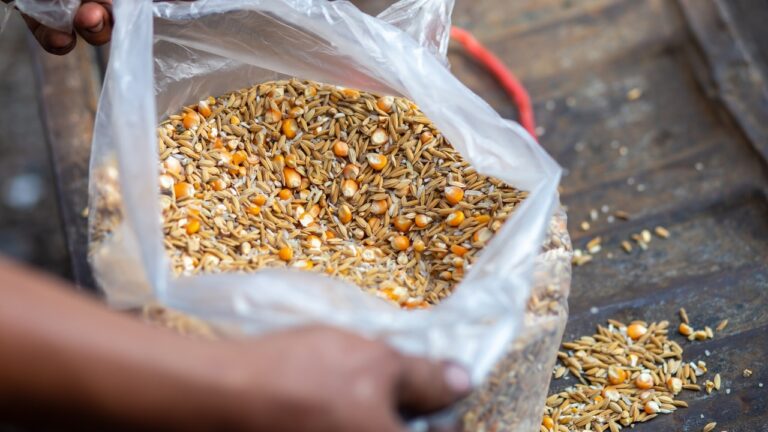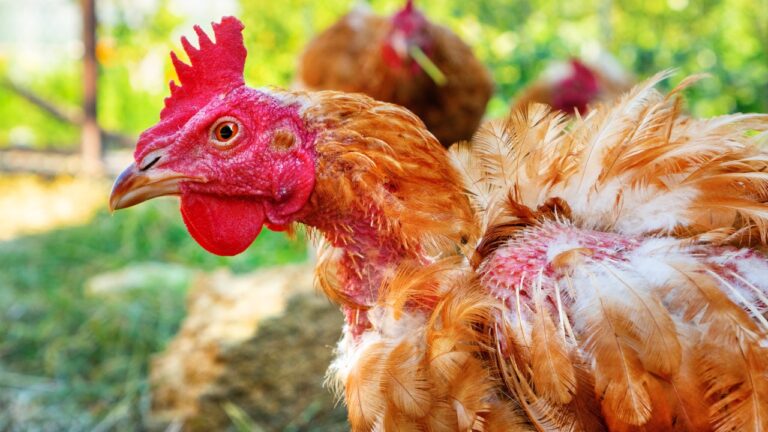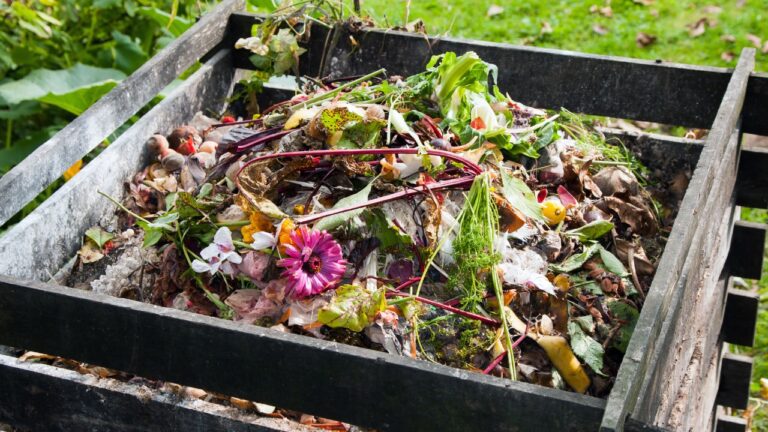10 Tricks That Can Make Your Garden Produce Way More
If you’re going to put in the time to grow a garden, you want it to actually produce. We’ve had seasons where things took off and others where it felt like we were babysitting plants for no reason. Over time, we figured out which habits, tools, and changes actually made a difference.
These aren’t hacks—just practical strategies that help your garden grow more food, more efficiently. Here are 10 things that really do work when it comes to getting bigger harvests.
Feed the Soil, Not Just the Plants
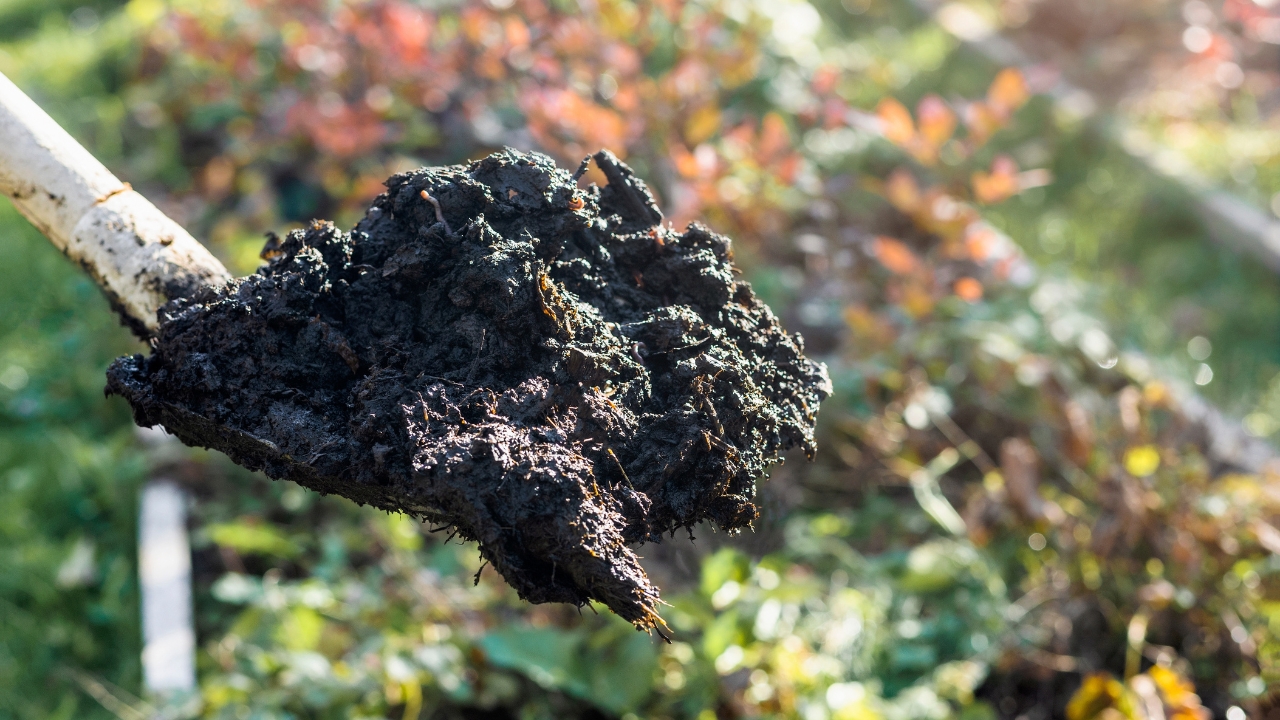
Healthy soil grows better crops. If your soil is worn out, your plants won’t thrive—no matter how much you water or how good your seeds are.
We started adding compost every season, and it made a noticeable difference in how well everything grew. A good mix of organic matter improves drainage, holds nutrients, and supports stronger root systems.
Use Mulch to Lock In Moisture
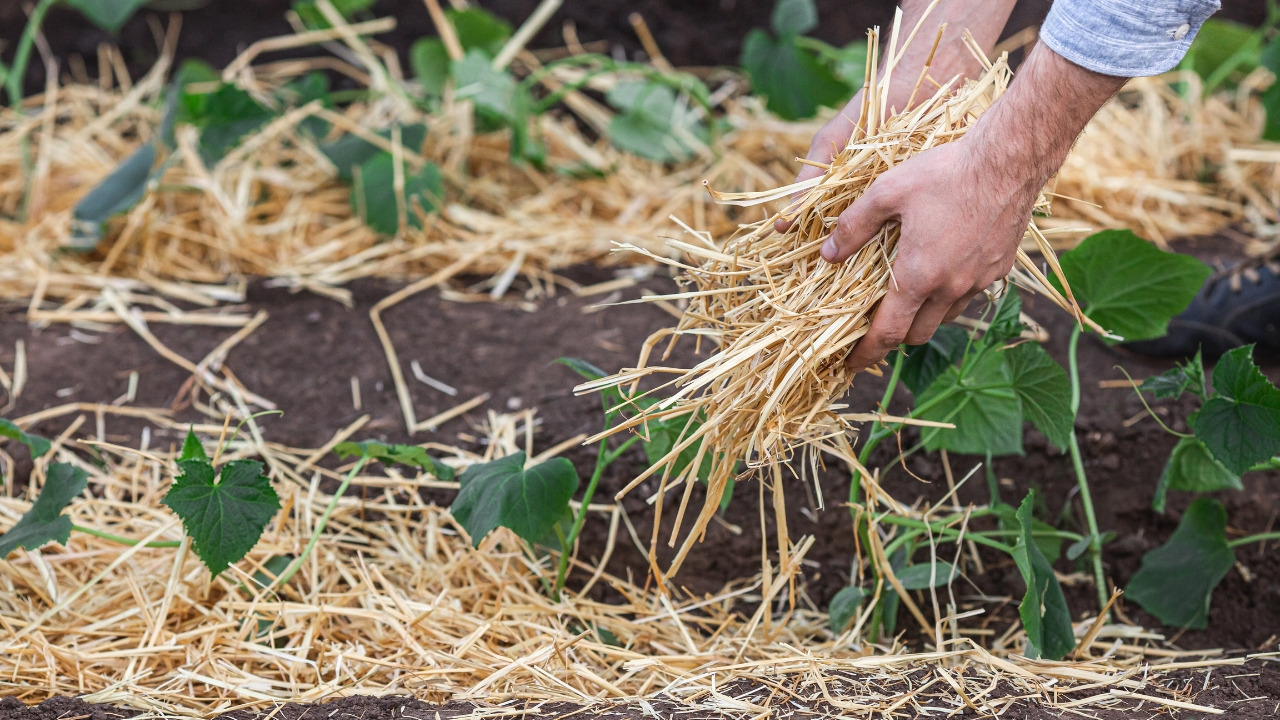
A layer of mulch keeps the soil from drying out and helps regulate temperature, which leads to more consistent growth. It also cuts down on weeds that steal nutrients.
We use grass clippings, straw, or even shredded leaves—whatever we have on hand. Once we started mulching, we spent less time watering and more time harvesting.
Pick Early and Often

The more you harvest, the more your plants will produce—especially with things like beans, squash, and cucumbers. Leaving ripe produce on the vine slows down production.
We check the garden daily during peak season. It keeps the plants in “grow mode” and helps prevent food from going to waste. Even small harvests make a difference.
Prune for Better Airflow and Growth

Crowded plants can lead to mildew, pests, and poor production. A little pruning goes a long way in helping your plants focus on fruit instead of excess leaves.
We prune tomatoes, squash, and even peppers when they get too leafy. It feels counterintuitive, but less leaf clutter means more sun, better airflow, and bigger harvests.
Use Trellises and Vertical Supports

Training vining crops to grow up instead of out saves space and makes it easier for plants to get the sun and air they need. It also makes harvesting a lot easier.
We trellis tomatoes, cucumbers, beans, and even some melons. You don’t need anything fancy—stakes and twine work fine. Keeping plants off the ground reduces disease and gives better yields.
Time Your Planting Right
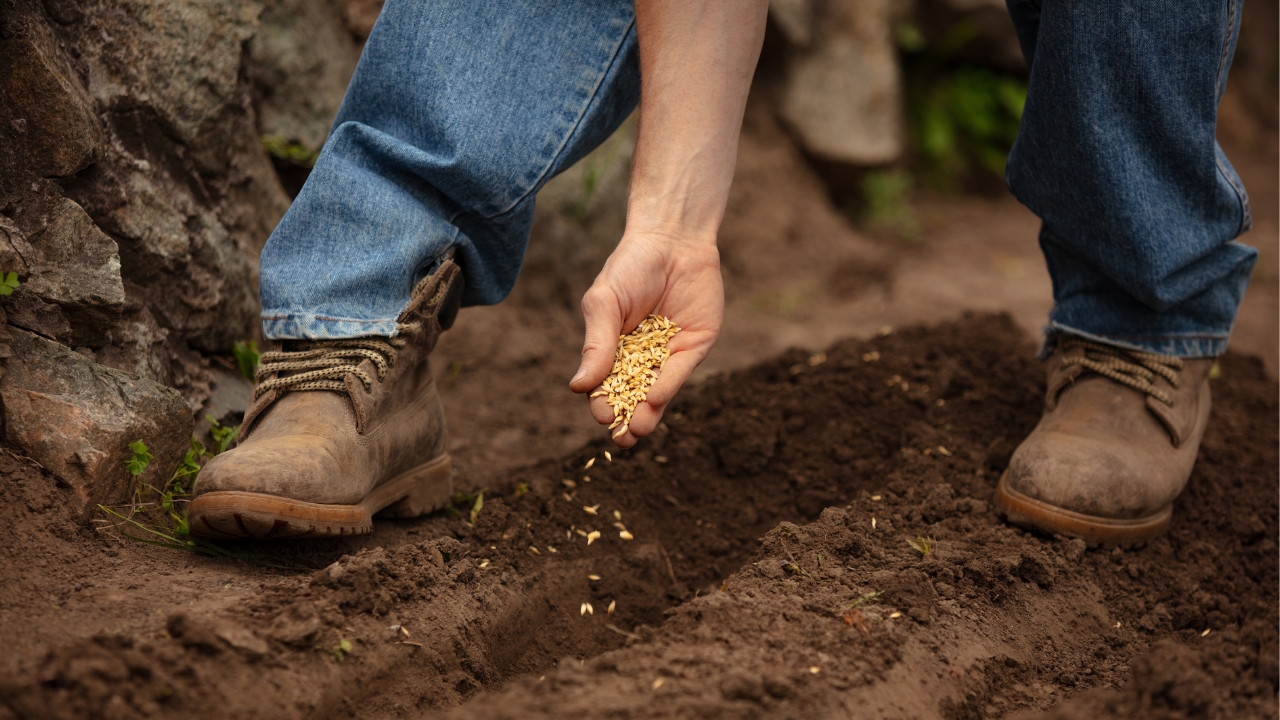
Starting too early or too late can stunt your plants and shorten your harvest window. Matching the crop to the right season makes a huge difference.
We learned to pay attention to soil temps and average frost dates instead of relying on the calendar. A few weeks can make or break a crop—especially for things like corn, beans, and lettuce.
Rotate Crops Every Year
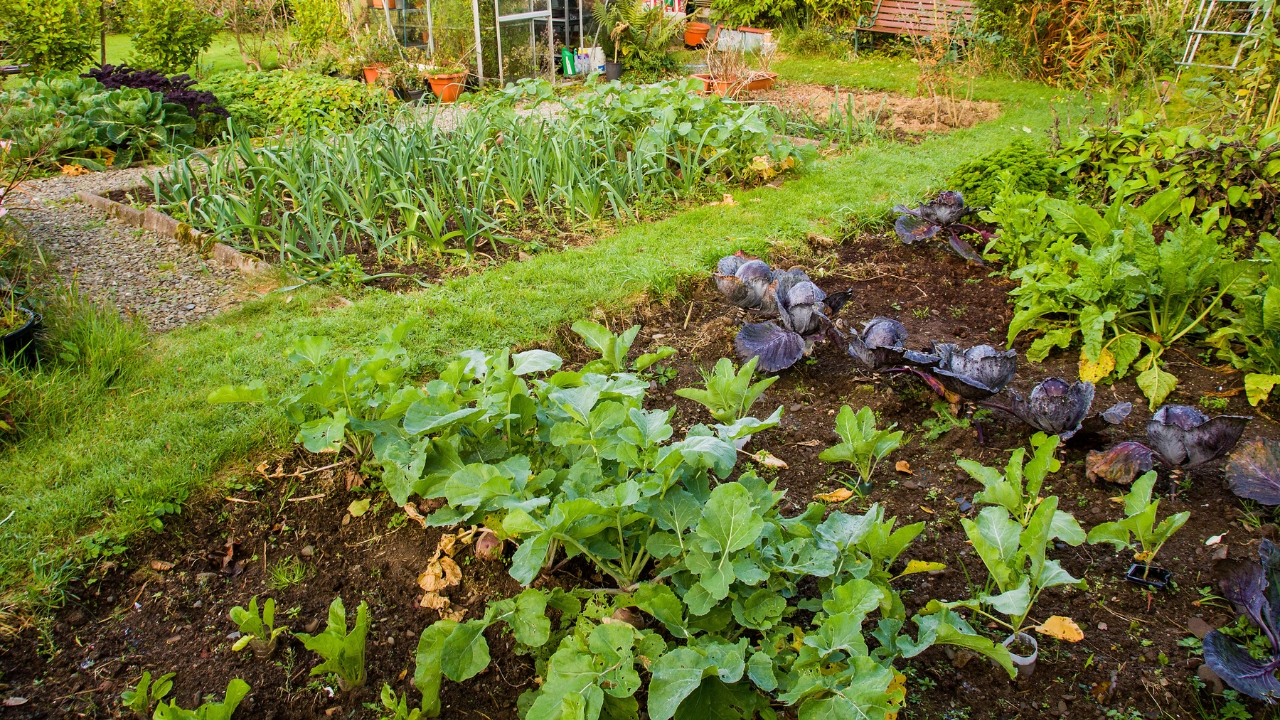
Growing the same plant in the same spot year after year depletes the soil and invites pests that target that crop. Rotation helps prevent that cycle.
We keep a simple chart of what we grew where each season and switch plant families every year. It keeps the soil balanced and reduces the need for intervention later.
Water Deep, Not Often

Light watering encourages shallow roots. Deep, infrequent watering helps plants develop stronger root systems, which leads to healthier plants and better production.
We aim for a good soak a few times a week instead of a daily sprinkle. It saves water and makes the garden more resilient during dry spells.
Thin Out Seedlings Early
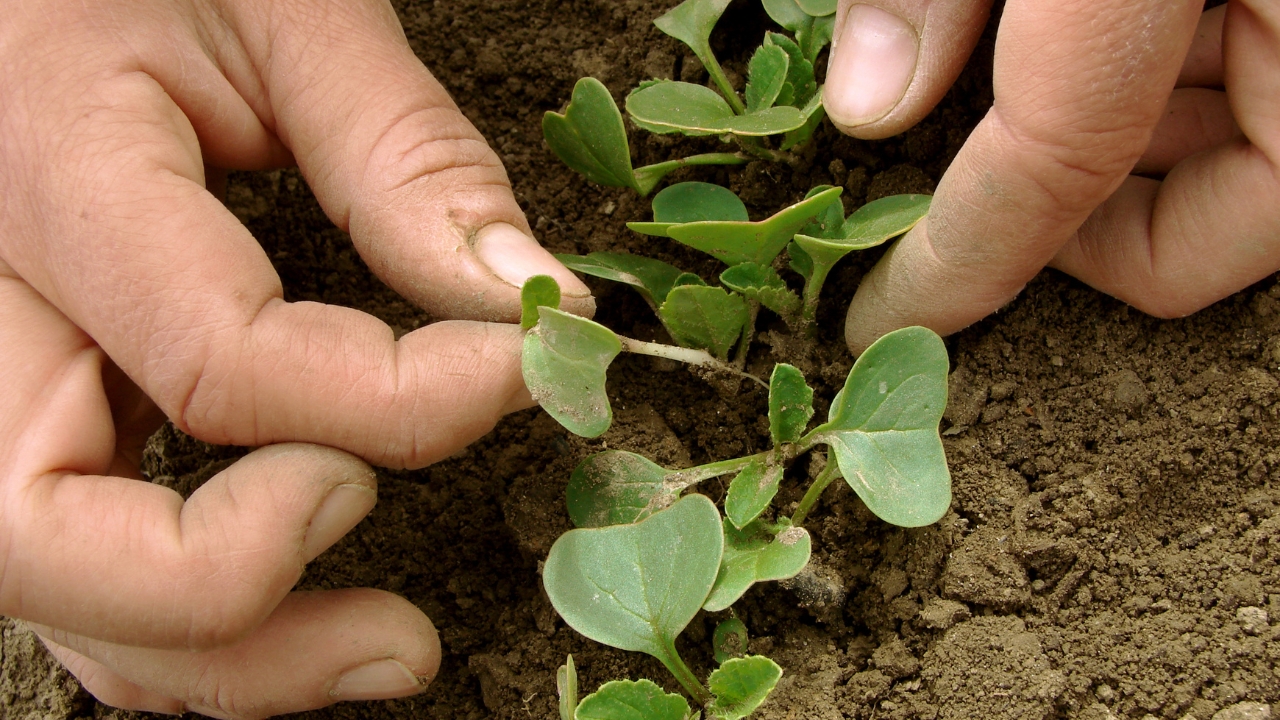
It’s tough to pull up baby plants, but overcrowding hurts your yield. Seedlings that are too close compete for space, light, and nutrients—and all of them suffer.
We thin our rows as soon as the seedlings are established. It feels wasteful, but spacing things properly leads to bigger, better crops in the long run.
Use Companion Planting Where It Counts
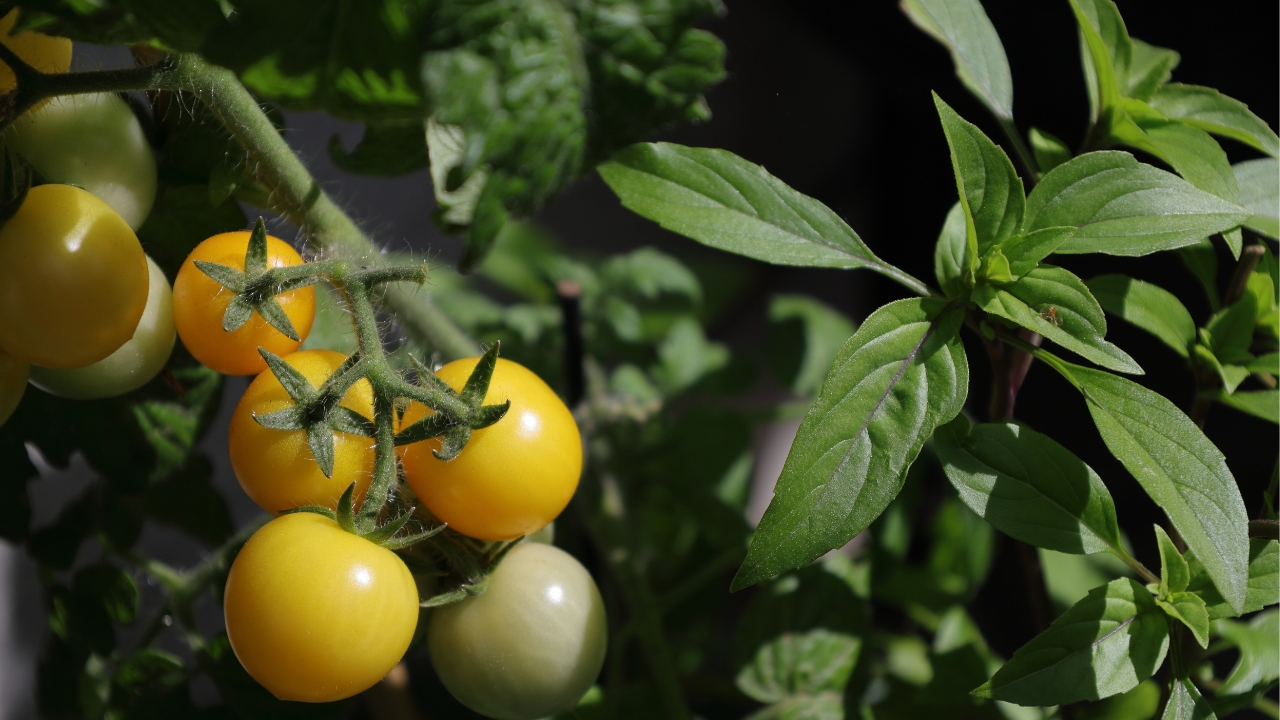
Some plants really do help each other out—like basil near tomatoes or beans next to corn. Others compete and do worse when planted side by side.
We don’t overthink it, but we do keep certain combos in mind when laying out the garden. A little planning can cut down on pests and give some crops the boost they need.
*This article was developed with AI-powered tools and has been carefully reviewed by our editors.




